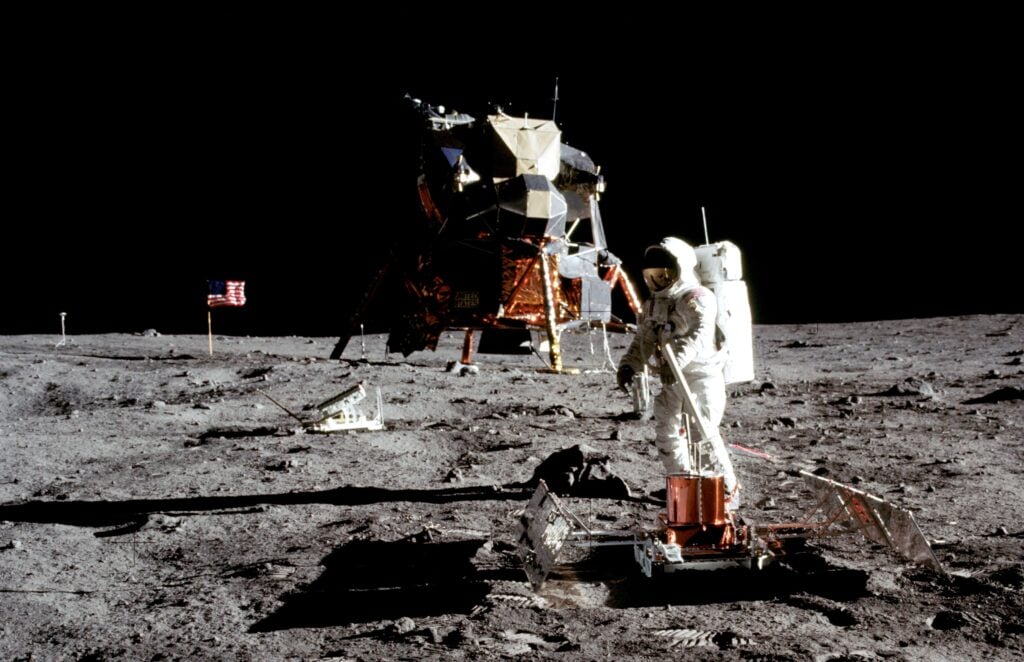Is it possible to live on the moon? If we’re talking hypothetically, the correct answer is that humans could live on the moon. However, we would still require some assistance to live comfortably on the moon, as it isn’t the best environment for us to be in. But do you know how many English people would consider going to the moon?
Even if safety were guaranteed, half of the British citizens would decline a free trip to the Moon, with lack of interest being the most frequently cited reason.
Can People Ever Live on the Moon?
Few people would have predicted that nearly 50 years after Apollo 17 returned from the Moon, we would still be waiting for another human to set foot on our celestial companion. Most people thought we would now have a human settlement on the Moon. But that dream has come to a halt.
The cost, risks, and technological challenges of sending humans to the Moon are enormous. This is why, since the Apollo missions, space agencies have prioritized cheaper and safer robotic explorers. These orbiters and rovers have revealed a great deal about the Moon-Earth relationship. But, to delve into the mysteries of the Moon and reach out into the rest of the Solar System and beyond, we need a Moon base. (Source: Institute of Physics)
Moon Camping Set Up
Unfortunately, establishing a base on the Moon is far more complex than simply sending astronauts there for a few days. Unlike the Apollo astronauts, lunar settlers would not be able to transport all of their supplies and rations on their rockets. It’d be too heavy. Instead, they would have to make much of what they needed to survive from the extraterrestrial resources at their disposal. Unfortunately, these resources are scarce. However, with some ingenuity, they can be transformed into almost anything a human requires.
The first task is to create breathable air. This is a relatively simple task because lunar soil contains 42 percent oxygen. Robots can harvest oxygen by using heat and electricity. NASA has already developed and field-tested prototype robots capable of performing this role on Earth.
Settlers would drink the water and extract the hydrogen and oxygen for rocket fuel. They would also save some for another vital survival aspect: food production. However, this raises another issue: can plants grow on the Moon? Without the ability to transport tonnes of rich, fertile earth soil, the only option would be to use lunar soil. This soil resembles dusty, excellent sand that would rapidly erode from the roots of a plant. It also contains a high concentration of toxic metals and other compounds detrimental to plant growth.
Aside from the necessities of air, water, and food, settlers must also consider a long-term power supply and permanent shelter. Fortunately, the lunar soil comes to their aid once more. It contains nearly all the materials required to construct solar panels, a limitless and sustainable energy source.
A less complicated option is, you guessed it, lunar soil. Even if it isn’t filled with hydrogen, a thick layer will provide plenty of protection from cosmic rays. European scientists have developed a method for 3D printing bricks from lunar soil using only the Sun. They plan to construct an igloo out of these bricks and cover it in loose soil. The igloo would encircle the inflatable habitat, shielding it from space radiation and the constant bombardment of micrometeorites that the lunar surface experiences. (Source: Institute of Physics)
Image from NASA
